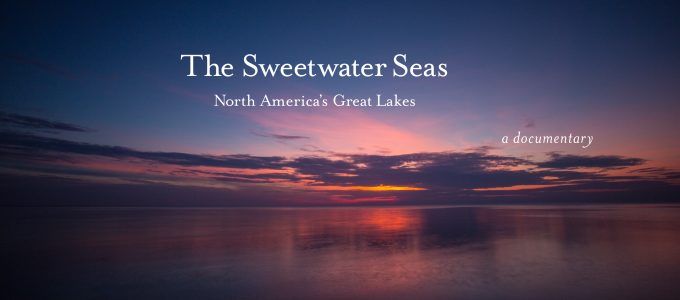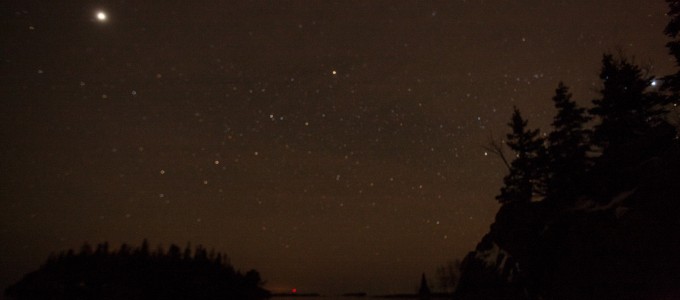As the year starts you tend to not only look back at how last year was but to think about the upcoming year and put together a plan to accomplish your goals for the next month, 6 months, year or more. As part of this effort I put together a reel of video work we’ve done over the last several years for clients. It certainly does not show all the work, can’t usually be done in 2 ½ minutes. I left out some of the aerial drone work we’ve done for architects and corporations of their buildings.
As part of The Sweetwater Seas documentary team last year was a great year shooting many interviews of folks who live and work along the Great Lakes and some of the issues on the lakes and how they affect what they are doing. With the Great Lakes being 20% of the worlds fresh surface water, and 95% of North America’s this is a body of water most people take for granted. For most it is either something they know very little about because they live elsewhere, or we just turn on the tap and expect the water to be there. Most of the 40 million folks who live in the Great Lakes watershed appreciate their beauty and serene, spiritual affect as we work and play along their shores. It is this story we are telling along with the environmental challenges and solutions they face.
Also in the past I’ve done work for a wide range of clients including Acura, Abbvie, Over the Rainbow, Gourmet Destinations and many others.
Hope you enjoy this small look at some of the work we’ve done!
Cheers!
Richard Mack

